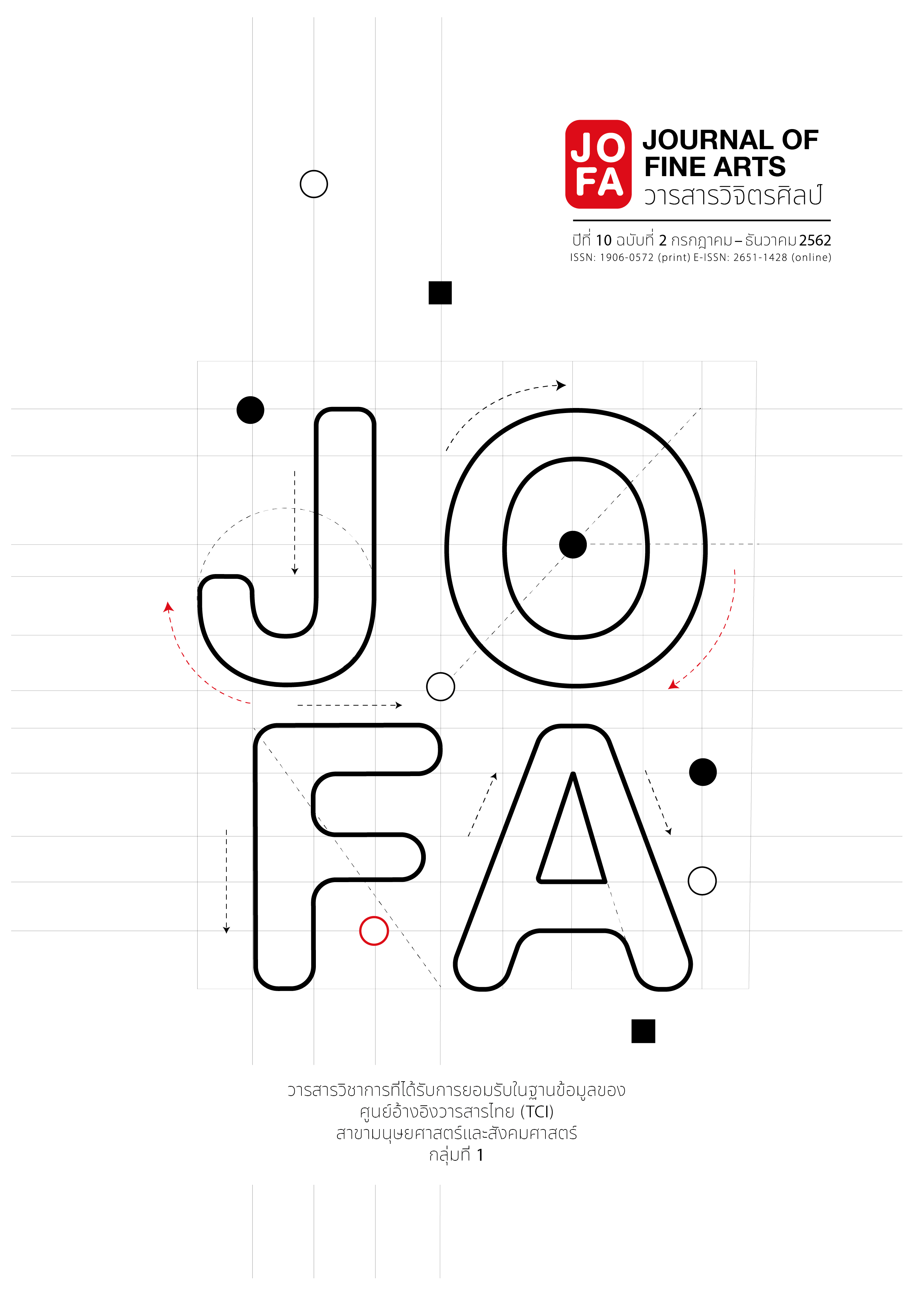The values of spirits exhibition as resolution of water conflict management in Mae Tan River, Lampang Thailand.
Main Article Content
Abstract
This paper explores the relationship between humans and the natural environment, emphasizing cultural landscapes throughout human history and the deep cultural associations between traditional communities and natural sites. It also explores the communal management and preservation of cultural landscapes and biological diversity. The patterns of cultural landscapes have been passed down to the present.
The case study is of Mae Tan, a river located is on a tributary of the Wang River in the Lampang province of Northern Thailand. In Northern Thailand, mountain ranges stretch from north to south, sloping to the basin area, and the rivers Ping, Wang, Yom, and Nan run through the lowlands from north to south. These rivers join as the great Chao Phraya River, which flows into the gulf of Thailand.
This research in social anthropology and geography employs cross-cultural comparisons, anthropological and geographical methods, including the use of archaeological and historical data, as well as observational and survey methods, to determine cultural cross-currents. This research was described in the meaning defined of the river upstream on the Khun Tan Mountains as a sacred place. For example; the spirit shares water with the habitants; the mountain is considered home to the gods or spirits (for instance, in local mythology, a white elephant is considered the god of water. Spiritual rituals can be found everywhere from the watershed to the river.
This paper aspires to renew the world around us and to preserve cultural landscapes. Local communities nowadays face many social problems leading to social disorganisation. A story of gods that dwell in forests as sacred space that everyone know story passed from one person’s mouth for example; “phi pan nam” mean “water sharing by gods”.
Thus, the studying and learning traditional approaches for water conflict resolution should be an opportunity to think about and discuss these social problems. Finally, this paper shows how this methodology helps solve a conflict over the sharing of water, promoting socialization and sustainability which will continue for a long time.
Article Details
References
2. Donald K. Swearer et al. Sacred Mountains of Northern Thailand. Chiang Mai: Silkworm Books, 2004.
3. Denlinger, R. P., and Iverson, R.M., “Flow of variably fluidized Granular masses across Three-dimensional terrain: 2. Numerical predictions and experimental tests.” Geophysical Research 106, no. B1 (2001): 553-566.
4. Joan Qionglin Tan. Han Shan, Chan. Buddhism and Gary Snyder’s Ecopoetic Way. Brighton, England: Sussex Academic Press, 2009.
5. Joseph S. Cosmography in Southeast Asia. Bangkok: Amarin Printing Group, 1987.
6. Gordon Young. Journey from Banna: my life, times, and Adventures. 2nd Ed. Bloomington: Xlibris, 2011.
7. Per Sorensen et al. “The Lampang Field Station a Scandinavian Research Center in Thailand 1969 – 1974.” Reports, The Scandinavian Institute of Asian Studies Copenhagen Denmark, 1976.
8. Pope G.G. “Taxonomy, dating, and paleo environment: The Paleoecology of the early Far Eastern hominids.” Southeast Asia 9, 1985.
9. Sayan Prishanchit. Archaeology of ceramics in Lan Na, Northern Siam, Creative Economy Development Project. Bangkok: Silpakorn, 2011.
10. UNESSCO. Vat Phou and Associated Ancient Settlements within the Champasak Cultural Landscape Heritage Management Plan, Bangkok: n.p., 1999.
11. Wei-Cheng Lin. Structural Visual, or Iconic: The Transmutation of Wooden Brackets in Modern China. Washington: University of Washington Press, 2014.


